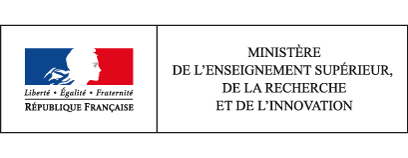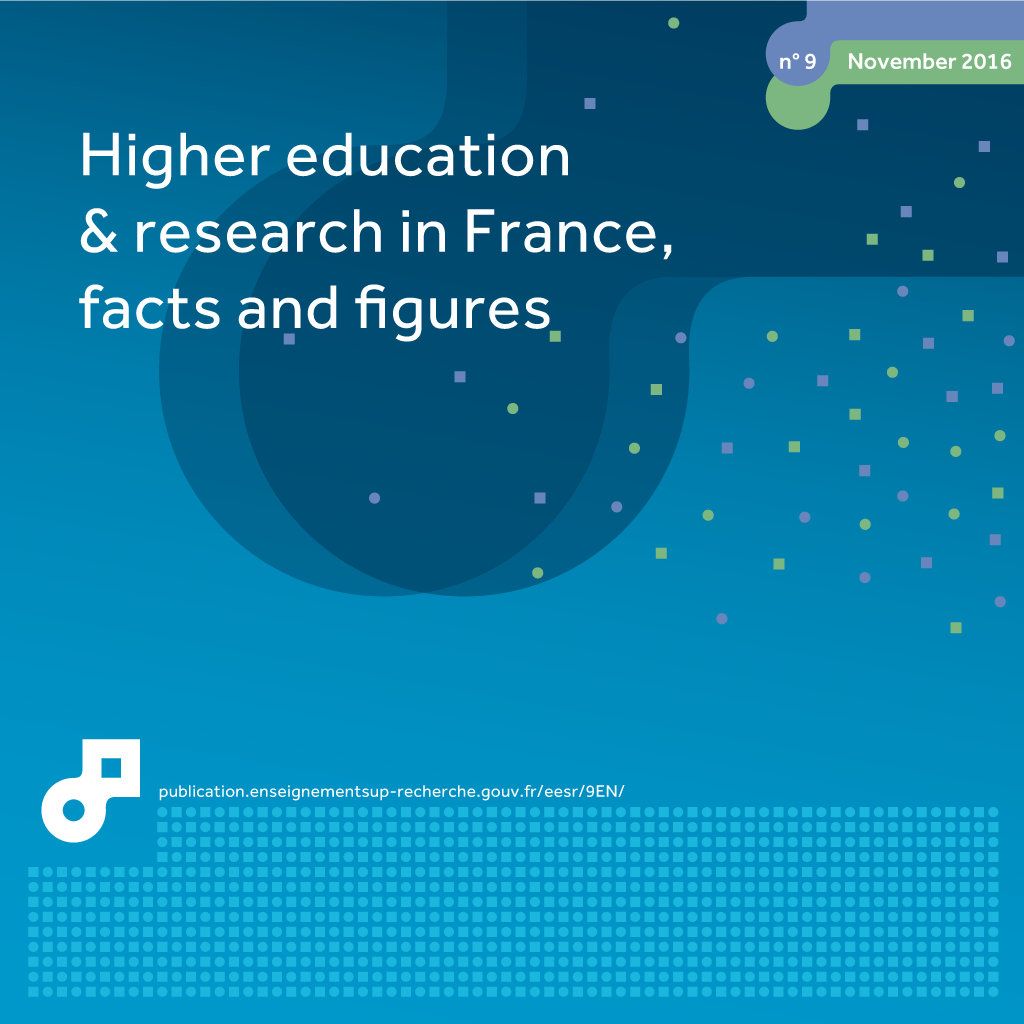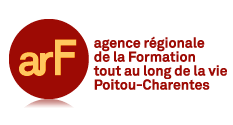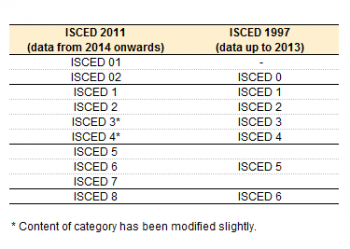 ISCED is the reference international classification for organising education programmes and related qualifications by levels and fields.
ISCED is the reference international classification for organising education programmes and related qualifications by levels and fields.
ISCED 2011 (levels of education) is implemented in all EU data collections from 2014. ISCED-F 2013 (fields of education and training) will be implemented from 2016.
1 BackgroundEducation systems vary a lot between countries. International data on education should therefore be based on a classification which proposes, for all countries of the world, sound criteria for the allocation of education programmes to levels which can be considered as comparable.
The ISCED classification - International Standard Classification of Education - was developed by
UNESCO in the mid-1970s and was first revised in 1997. A further review of ISCED was undertaken between 2009 and 2011 involving extensive global consultations with countries, regional experts and international organisations. Finally, ISCED 2011 was adopted by the UNESCO General Conference in November 2011. Both ISCED 1997 and ISCED 2011 are available
here.
ISCED 2011 (levels of education) took into account the changes in education systems occurred over the last decade, mainly relating to the
Bologna process in tertiary education, but also to the expansion of education programmes for very young children. Additionally, for the first time, ISCED 2011 is clearly not only a classification of levels of education programmes (ISCED-P) but also a classification of educational attainment (ISCED-A) in terms of qualifications resulting from formal education programmes. With ISCED 2011 education programmes/qualifications can be coded up to 3-digit-level. The majority of codes are the same for ISCED-P and ISCED-A but there are also some exceptions, in particular in the case of short programmes for which educational attainment is downgraded to the lower ISCED level.
ISCED-F 2013 -
ISCED Fields of Education and Training 2013 - is a classification of fields of education, which accompanies ISCED 2011. It will be implemented in EU data collections from 2016. ISCED-F 2013 contains 11 broad fields (2 digits), 29 narrow fields (3 digits) and about 80 detailed fields (4 digits).
2 Implementation of ISCED 2011 (levels of education)
ISCED 2011 is implemented in all EU data collections as from 2014. In household surveys, ISCED 2011 is implemented as from reference year 2014 (see Commission Regulation (EU) No 317/2013) and in administrative data collections on education systems (UOE) as from school year 2012/13 (see Commission Regulation (EU) No 912/2013).
2.1 Methodological support
Methodological support was developed for the implementation of ISCED 2011.
- The ISCED 2011 operational manual, elaborated by UIS, OECD and Eurostat, provides guidelines for classifying national education programmes and related qualifications according to ISCED 2011. It was developed for national statisticians reporting data on education to international organisations and for all users interested in better understanding of these data.
- For statisticians working on the households/individuals surveys including the variable "Educational attainment", Guidelines on the measurement of educational attainment in household surveyscan serve as a methodological support.
- The UOE (UNESCO-OECD-Eurostat) data collection (from administrative data sources - on pupils/students, graduates, expenditure, teachers, languages and regional data) uses the UOE Manual on concepts, definitions and classifications.
National integrated ISCED mappings are available here. An ISCED integrated mapping is a table including information on national educational programmes and qualifications, their main characteristics and coding in ISCED 1997 and ISCED 2011.
3 Correspondence ISCED 2011->ISCED 1997
3.1 Levels of education in ISCED 2011
Compared to ISCED 1997 which had seven levels of education, ISCED 2011 has nine levels of education, from level 0 to level 8 (tertiary education is more detailed):
- ISCED 0: Early childhood education (‘less than primary’ for educational attainment)
- ISCED 1: Primary education
- ISCED 2: Lower secondary education
- ISCED 3: Upper secondary education
- ISCED 4: Post-secondary non-tertiary education
- ISCED 5: Short-cycle tertiary education
- ISCED 6: Bachelor’s or equivalent level
- ISCED 7: Master’s or equivalent level
- ISCED 8: Doctoral or equivalent level
3.2 Correspondence between ISCED 2011 and ISCED 1997 levels (at 1 digit)
3.3 Correspondence between ISCED 2011 and ISCED 1997 (aggregated levels)
Eurostat’s online tables on or by educational attainment level (mainly from the EU-LFS but also from the EU-SILC and other EU household surveys) present data for three aggregates: low - medium - high level of education.
The correspondence between ISCED 2011 and ISCED 1997 at this level of aggregation is as follows:
At this level of aggregation data are considered as comparable over time for all available countries (i.e. no significant level shift breaks) except Austria where the reclassification of one education programme from ISCED level 4 to level 5 caused the increase of tertiary educational attainment.
In the online tables, the code list “ISCED11” is used and the change to ISCED 2011 as from 2014 is indicated through the flag ‘b’ (break in time series).
4 ISCED 1997 (fields) and ISCED-F 2013
2016 will be the first year of the implementation of the revised classification of fields of education and training - ISCED-F 2013 in EU data collections: in administrative data collections on education systems (UOE) it will concern school year 2014/15 and in household surveys reference year 2016.
Broad fields of education in ISCED 1997:
- 0 – General programmes
- 1 – Education
- 2 – Humanities and arts
- 3 – Social sciences, business and law
- 4 – Science
- 5 – Engineering, manufacturing and construction
- 6 – Agriculture
- 7 – Health and welfare
- 8 – Services
Broad fields of education in ISCED-F 2013:
- 00 – Generic programmes and qualifications
- 01 – Education
- 02 – Arts and humanities
- 03 – Social sciences, journalism and information
- 04 – Business, administration and law
- 05 – Natural sciences, mathematics and statistics
- 06 – Information and Communication Technologies
- 07 – Engineering, manufacturing and construction
- 08 – Agriculture, forestry, fisheries and veterinary
- 09 – Health and welfare
- 10 – Services
For more information on ISCED-F 2013 and in particular the correspondence between ISCED 1997 (fields) and ISCED-F 2013, please see here
5 See also
Articles on Education and training. More...
 Like the previous editions, the 9th edition of Higher Education and Research in France, Facts and Figures presents an annual overview, backed up by figures, of developments within the French system, its resources and outcomes.
Like the previous editions, the 9th edition of Higher Education and Research in France, Facts and Figures presents an annual overview, backed up by figures, of developments within the French system, its resources and outcomes. 






/https%3A%2F%2Fprofilepics.canalblog.com%2Fprofilepics%2F1%2F0%2F1076071.jpg)